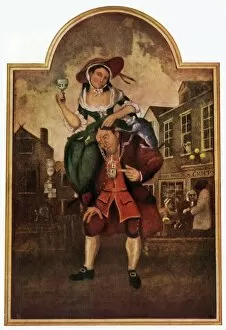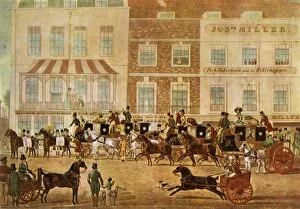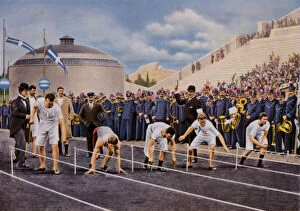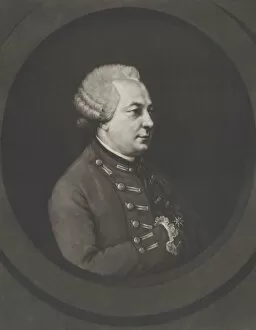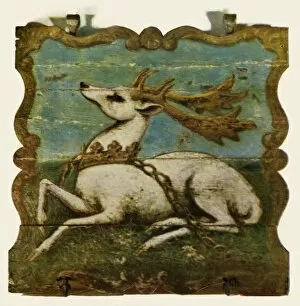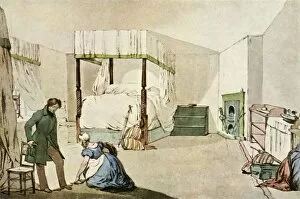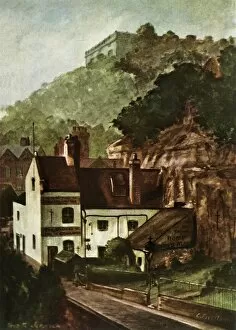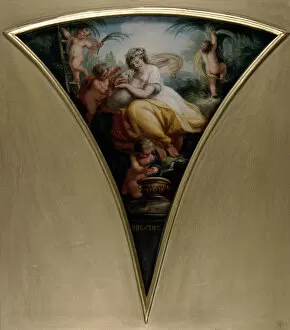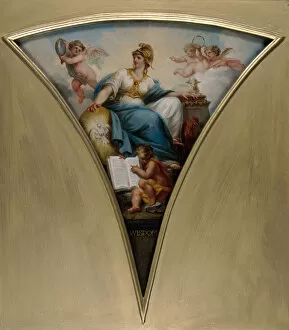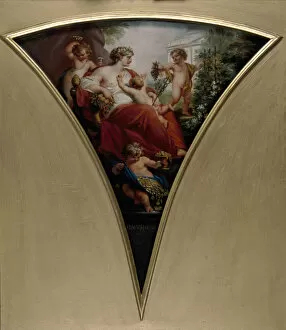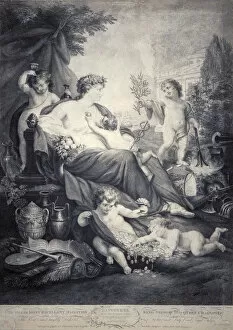Thomas Burke Collection
Thomas Burke was a versatile artist and creator, known for his diverse range of works spanning different genres and time periods
For sale as Licensed Images
Choose your image, Select your licence and Download the media
Thomas Burke was a versatile artist and creator, known for his diverse range of works spanning different genres and time periods. Born in the late 18th century, he left an indelible mark on the art world with his unique style and attention to detail. One of Burke's notable creations is "West Country Mails at the Gloucester Coffee House, Piccadilly" from around 1830. This piece captures the bustling atmosphere of a coffee house during that era, showcasing Burke's ability to depict everyday life with precision. In another work titled "The Man with the Load of Mischief, " created in the 18th century by William Hogarth but later reimagined by Burke in 1943, we see his talent for reinterpretation and storytelling. The painting portrays a man carrying a heavy burden while mischief ensues around him, highlighting both humor and social commentary. Burke also ventured into sports imagery with his colored photograph capturing athletes using various techniques at the start of the men's 100 meters race during the Olympic Games in Athens, Greece in 1896. This demonstrates his versatility as an artist who could capture movement and athleticism alongside more traditional subjects. Not limited to paintings alone, it also dabbled in signboard design like "Chevalier d Eon" from 1771. His skillful craftsmanship shines through as he creates an eye-catching sign that reflects historical figures or events. Additionally, Burke contributed to preserving history through artworks such as "Sign Board from White Hart" depicting Surrey circa 1750. By recreating this signboard from earlier times in modern-day context (1943), he ensures that important cultural artifacts are not forgotten. Another example of his dedication to historical representation can be seen in "Dr. Syntax Reading His Tour. " Painted around c1815 but recreated by Burke himself (1943), this artwork brings alive scenes from Dr.

